Volvo EX30 vs VW Polo - Differences and prices compared
Costs and Efficiency:
Price and efficiency are often the first things buyers look at. Here it becomes clear which model has the long-term edge – whether at the pump, the plug, or in purchase price.
VW Polo has a clearly advantage in terms of price – it starts at 17000 £, while the Volvo EX30 costs 33000 £. That’s a price difference of around 15990 £.
Engine and Performance:
Power, torque and acceleration say a lot about how a car feels on the road. This is where you see which model delivers more driving dynamics.
When it comes to engine power, the Volvo EX30 has a convincingly edge – offering 428 HP compared to 207 HP. That’s roughly 221 HP more horsepower.
In acceleration from 0 to 100 km/h, the Volvo EX30 is convincingly quicker – completing the sprint in 3.60 s, while the VW Polo takes 6.50 s. That’s about 2.90 s faster.
In terms of top speed, the VW Polo performs distinct better – reaching 240 km/h, while the Volvo EX30 tops out at 180 km/h. The difference is around 60 km/h.
There’s also a difference in torque: Volvo EX30 pulls clearly stronger with 543 Nm compared to 320 Nm. That’s about 223 Nm difference.
Space and Everyday Use:
Beyond pure performance, interior space and usability matter most in daily life. This is where you see which car is more practical and versatile.
Seats: offers more seating capacity – vs .
In curb weight, VW Polo is significantly lighter – 1143 kg compared to 1840 kg. The difference is around 697 kg.
In terms of boot space, the VW Polo offers barely noticeable more room – 351 L compared to 318 L. That’s a difference of about 33 L.
In maximum load capacity, the VW Polo performs slightly better – up to 1125 L, which is about 125 L more than the Volvo EX30.
When it comes to payload, VW Polo to a small extent takes the win – 457 kg compared to 390 kg. That’s a difference of about 67 kg.
Who wins the race?
The Volvo EX30 proves to be leaves the rival little chance and therefore becomes our DriveDuel Champion!
Volvo EX30 is the better all-rounder in this comparison.
 @ Volvo Cars
@ Volvo Cars
Volvo EX30
Costs and Consumption
View detailed analysis
Engine and Performance
View detailed analysis
Dimensions and Body
View detailed analysis
Volvo EX30
The Volvo EX30 arrives as a compact electric with crisp Scandinavian design and a cheeky personality, proving you can be serious about safety and still enjoy a grin on your commute. Its cabin is cleverly packaged and delightfully easy to live with, offering smart tech and practical touches that make it feel like a grown-up's city car with a sense of fun.
details @ Volvo Cars
@ Volvo Cars
 @ Volvo Cars
@ Volvo Cars
 @ Volvo Cars
@ Volvo Cars
 @ Volvo Cars
@ Volvo Cars
 @ Volvo Cars
@ Volvo Cars
VW Polo
The Polo is a small car with surprisingly grown-up refinement, delivering comfortable packaging, crisp handling and a build quality that punches above its class. For buyers who want a practical, fuss-free hatch that still feels a little premium, it’s a sensible, slightly cheeky choice you’ll enjoy every day.
details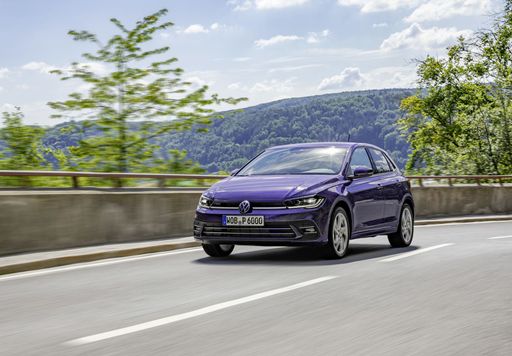 @ Volkswagen AG / VW Media
@ Volkswagen AG / VW Media
 @ Volkswagen AG / VW Media
@ Volkswagen AG / VW Media
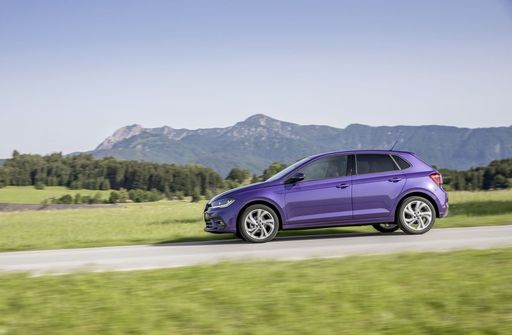 @ Volkswagen AG / VW Media
@ Volkswagen AG / VW Media
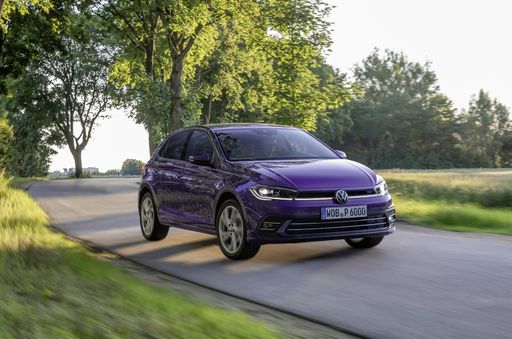 @ Volkswagen AG / VW Media
@ Volkswagen AG / VW Media
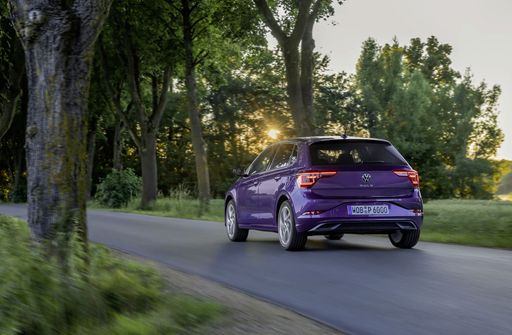 @ Volkswagen AG / VW Media
@ Volkswagen AG / VW Media
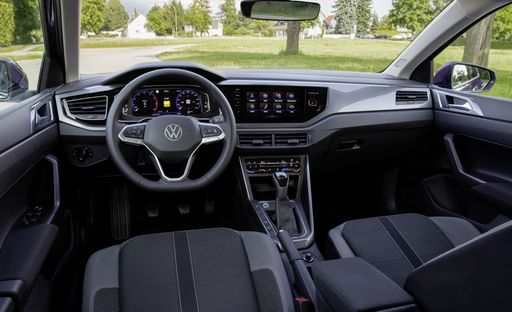 @ Volkswagen AG / VW Media
@ Volkswagen AG / VW Media
 @ Volvo Cars
@ Volvo Cars
|
 @ Volkswagen AG / VW Media
@ Volkswagen AG / VW Media
|
|
|
|
Costs and Consumption |
|
|---|---|
|
Price
33000 - 49100 £
|
Price
17000 - 30400 £
|
|
Consumption L/100km
-
|
Consumption L/100km
5.1 - 6.5 L
|
|
Consumption kWh/100km
17 - 18.7 kWh
|
Consumption kWh/100km
-
|
|
Electric Range
339 - 476 km
|
Electric Range
-
|
|
Battery Capacity
49 - 65 kWh
|
Battery Capacity
-
|
|
co2
0 g/km
|
co2
116 - 148 g/km
|
|
Fuel tank capacity
-
|
Fuel tank capacity
40 L
|
Dimensions and Body |
|
|---|---|
|
Body Type
SUV
|
Body Type
Hatchback
|
|
Seats
5
|
Seats
5
|
|
Doors
5
|
Doors
5
|
|
Curb weight
1840 - 1960 kg
|
Curb weight
1143 - 1378 kg
|
|
Trunk capacity
318 L
|
Trunk capacity
351 L
|
|
Length
4233 mm
|
Length
4074 mm
|
|
Width
1838 mm
|
Width
1751 mm
|
|
Height
1550 - 1567 mm
|
Height
1431 - 1451 mm
|
|
Max trunk capacity
1000 L
|
Max trunk capacity
1125 L
|
|
Payload
370 - 390 kg
|
Payload
432 - 457 kg
|
Engine and Performance |
|
|---|---|
|
Engine Type
Electric
|
Engine Type
Petrol
|
|
Transmission
Automatic
|
Transmission
Manuel, Automatic
|
|
Transmission Detail
Reduction Gearbox
|
Transmission Detail
Manual Gearbox, Dual-Clutch Automatic
|
|
Drive Type
Rear-Wheel Drive, All-Wheel Drive
|
Drive Type
Front-Wheel Drive
|
|
Power HP
272 - 428 HP
|
Power HP
80 - 207 HP
|
|
Acceleration 0-100km/h
3.6 - 5.7 s
|
Acceleration 0-100km/h
6.5 - 15.6 s
|
|
Max Speed
180 km/h
|
Max Speed
171 - 240 km/h
|
|
Torque
343 - 543 Nm
|
Torque
93 - 320 Nm
|
|
Number of Cylinders
-
|
Number of Cylinders
3 - 4
|
|
Power kW
200 - 315 kW
|
Power kW
59 - 152 kW
|
|
Engine capacity
-
|
Engine capacity
999 - 1984 cm3
|
General |
|
|---|---|
|
Model Year
2024 - 2025
|
Model Year
2024 - 2025
|
|
CO2 Efficiency Class
A
|
CO2 Efficiency Class
D, E
|
|
Brand
Volvo
|
Brand
VW
|
What drivetrain options does the Volvo EX30 have?
The Volvo EX30 is offered with Rear-Wheel Drive or All-Wheel Drive.
The prices and data displayed are estimates based on German list prices and may vary by country. This information is not legally binding.
